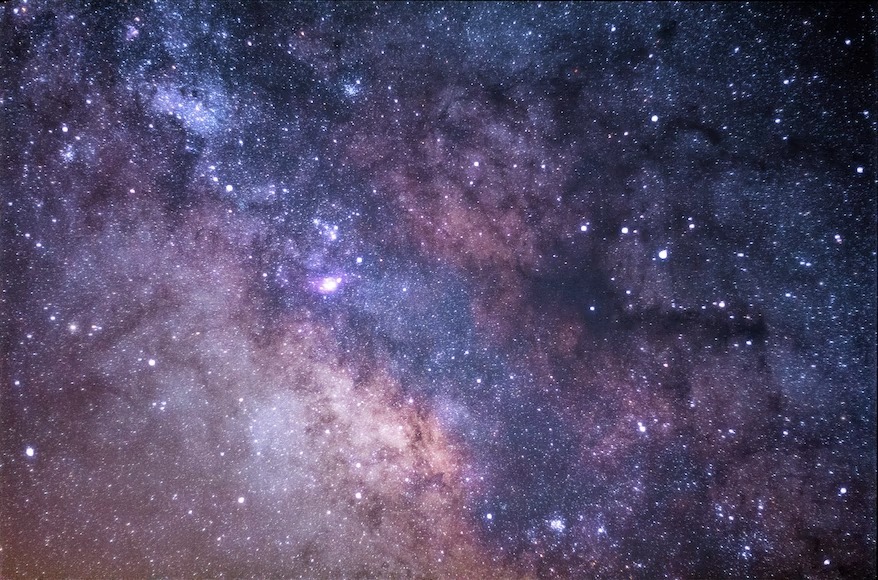
Sometimes it is so nice to sit down outside and contemplate nature. In silence, with our eyes open, we are able to calm down our mind and open it for details we have not noticed before. It is truly amazing how plants, animals and the elements know exactly where they belong, what to do and how to do it to keep a harmonious balance.
Nature by origin is cyclical.
The environment works with what it is available and gives it back in a non-perjudicial way. It is a cycle that we can learn as society for our different activities, as part of nature. The problem emerges when human beings disconnect from that natural portion we have. We tend to see progress and superiority as something unrelated to the natural world, making the environment an infinite source from where we take what is needed, but never get a positive response in return.
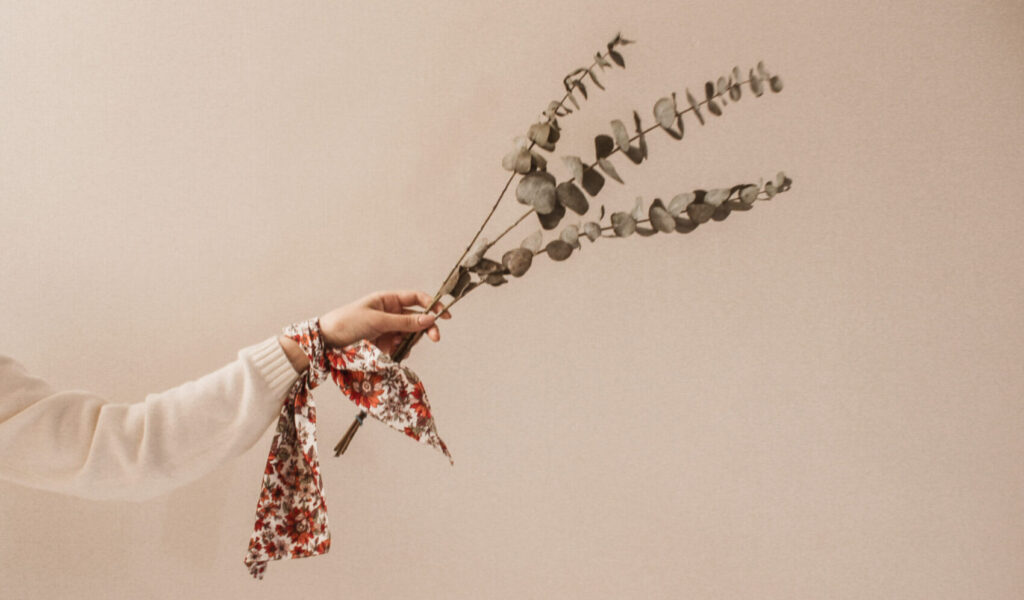
Understanding cycles is quite important when referring to nature, but also to products and processes. Of course items such as clothing or any other garment can be analyzed through their lifecycle. Life Cycles vary from the perspectives they are observed from. In business, the cycle depends on sales (Polli & Cook, 1969).
The product cycle
Let’s set an example with a pair of jeans. A certain brand decides to introduce their new product, as the first stage of the cycle. The company decides to appeal to a specific demographic by following the current trends. This brand wants their product to grow as the second part of their plan, so advertising and marketing do their best to position these jeans. By doing this, they can assure the third stage: maturity.
People know their product and consume it. The pair of jeans has become popular and “needed”, it can sustain itself. Once the heat of the trend starts to fade, our pair of jeans will reach the end of the cycle, pointing to declining sales. Money flows decide when products are in or out. As seen on the following graph from the Polli & Cook (1969) article, this type of product’s life cycle is bell-shaped. The product starts from nothing, reaches a maximum point and then declines to zero, ending the cycle.

The consumer cycle
If we keep referring to the same pair of jeans, from the consumer perspective, the stages change. The consumer does not tend to get involved until the growth stage from the sales’ cycle, when the product (or our pair of jeans) gets noticed to then be acquired. The customer takes the new garment home, uses the pants for a couple of times or years, until they decide to stop using them. Then, those jeans could be passed down or tossed, but the customer’s journey usually ends when the garment gets discarded.

The designer cycle
For a designer, the perspective of the life cycle involves both the consumer and business take on the product life cycle with a few more steps. It includes the raw materials acquisition until the ways it could be discarded.
A fashion designer plans how the pair of jeans will look like, drawing sketches and patterns, considering accessories and manufacturing processes. Once planning is done, materials are gathered and manufacturing begins. Production involves not only the pair of jeans themselves, but also packaging and how the garments are going to be distributed. Once in a store or any distribution center, the pair of jeans will be sold and taken to be used. Use can be categorized in maximum use:
When you really take advantage of the piece of clothing you just got and use it continuously
and minimum use:
When you start using less frequently the garment until it gets no use at all.
Discardment is the next step, and it comprehends any action the first owner does to get rid of the item. It could be in different ways, such as recycling, upcycling, donating, reutilizing or tossing it. All those steps create mini additional life cycles until the pair of jeans start to degrade.
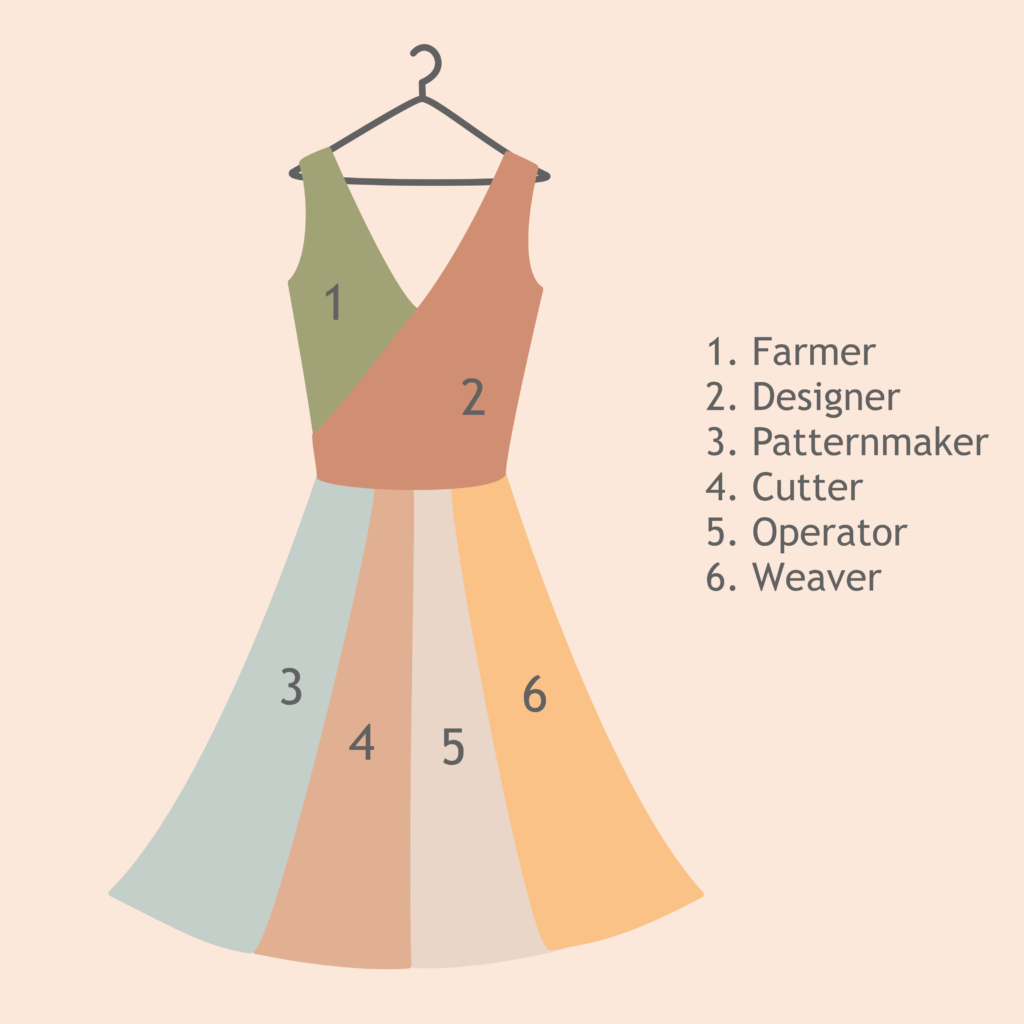
Cycles vary depending on the lens they are observed from. What is the ideal, then? To have a full, open and systemic perspective. A product’s life does not end when we cannot see it anymore. Business, design and customers are part of the same ecosystem, without one of them it is nearly impossible to accomplish any of these life cycles. That is why it is relevant for all of the parts to work together, intersecting their stages and pursuing a better way to create, sell and consume.

Sources
Polli, R., & Cook, V. (1969). Validity of the product life cycle. The Journal of Business, 42(4), 385-400.
become an official member of our club!
We would love you to be part of our community. There are monthly freebies, giveaways, weekly tutorials, and other secrets we only share with our insiders!
join at the end of the page
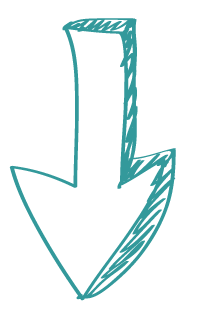
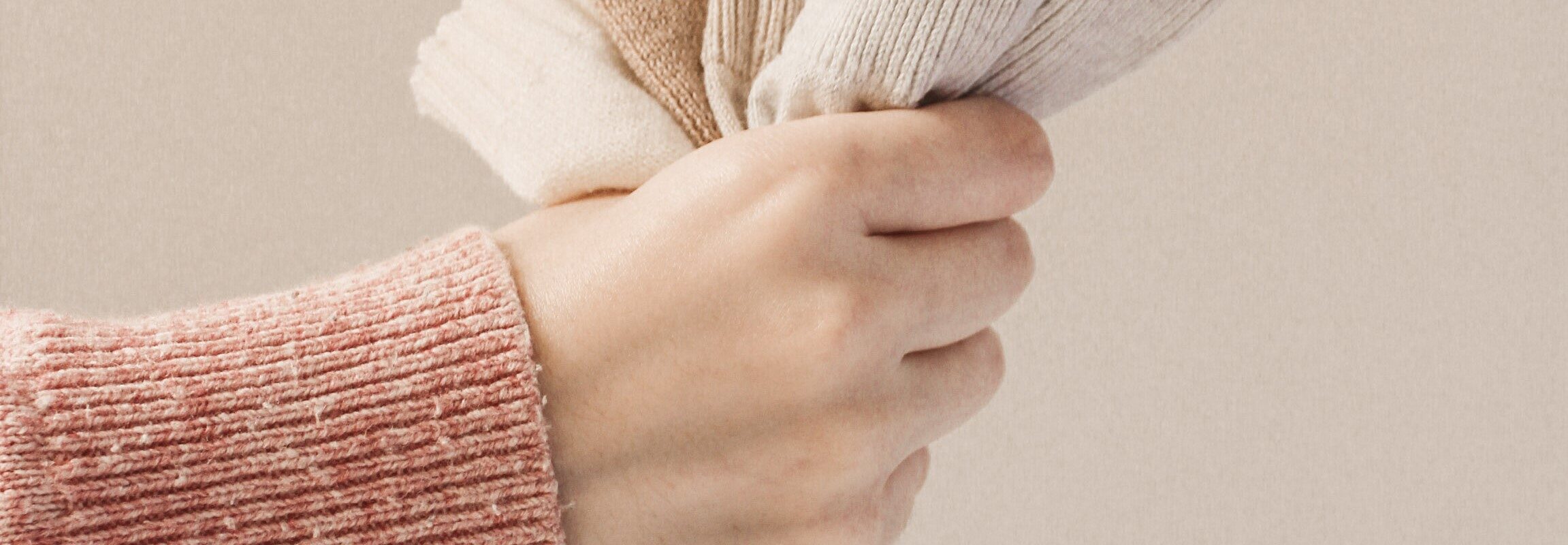


Leave a Reply